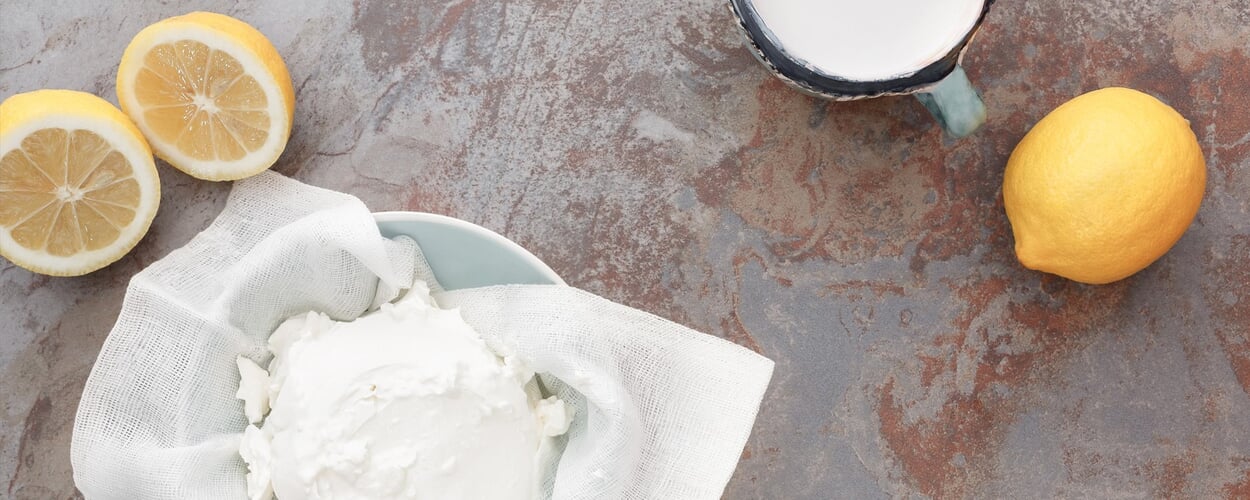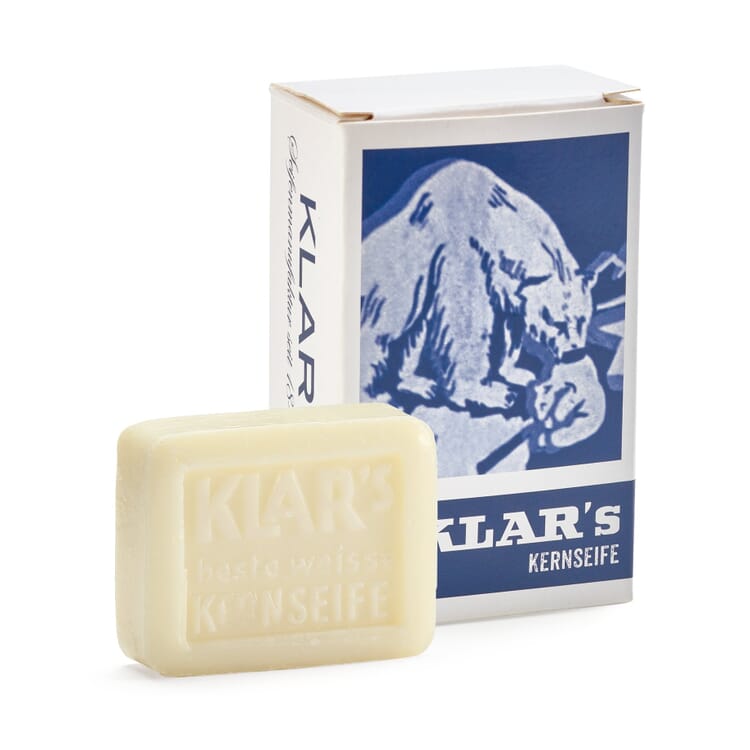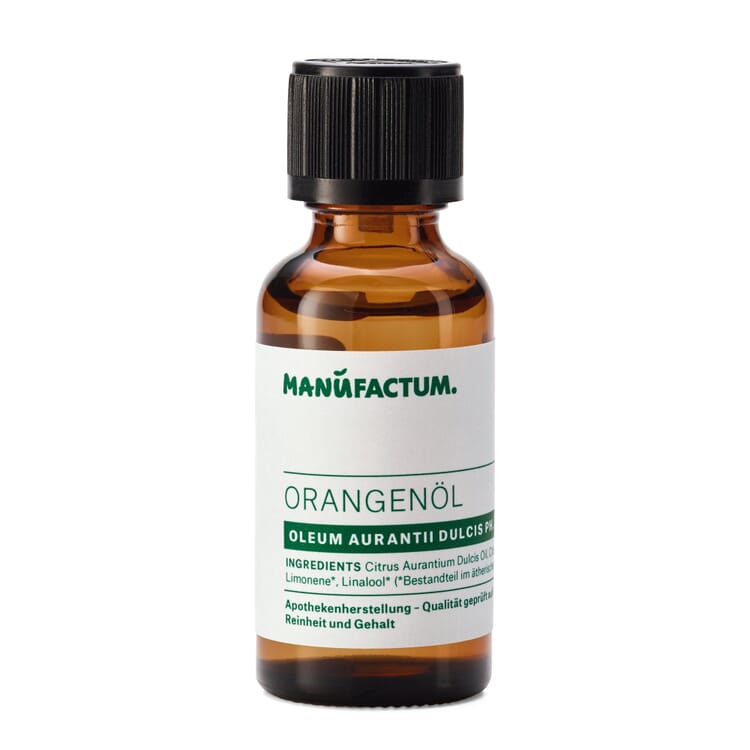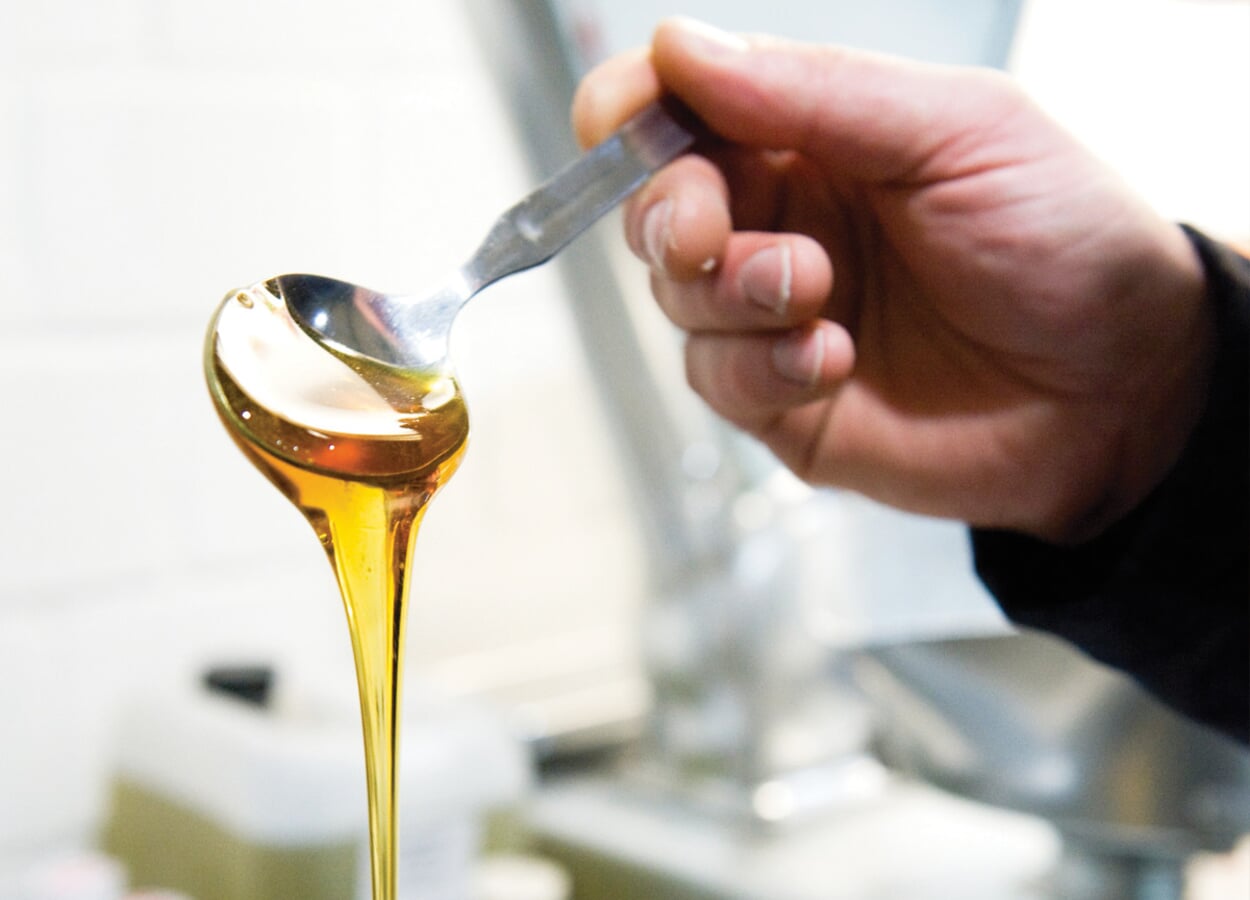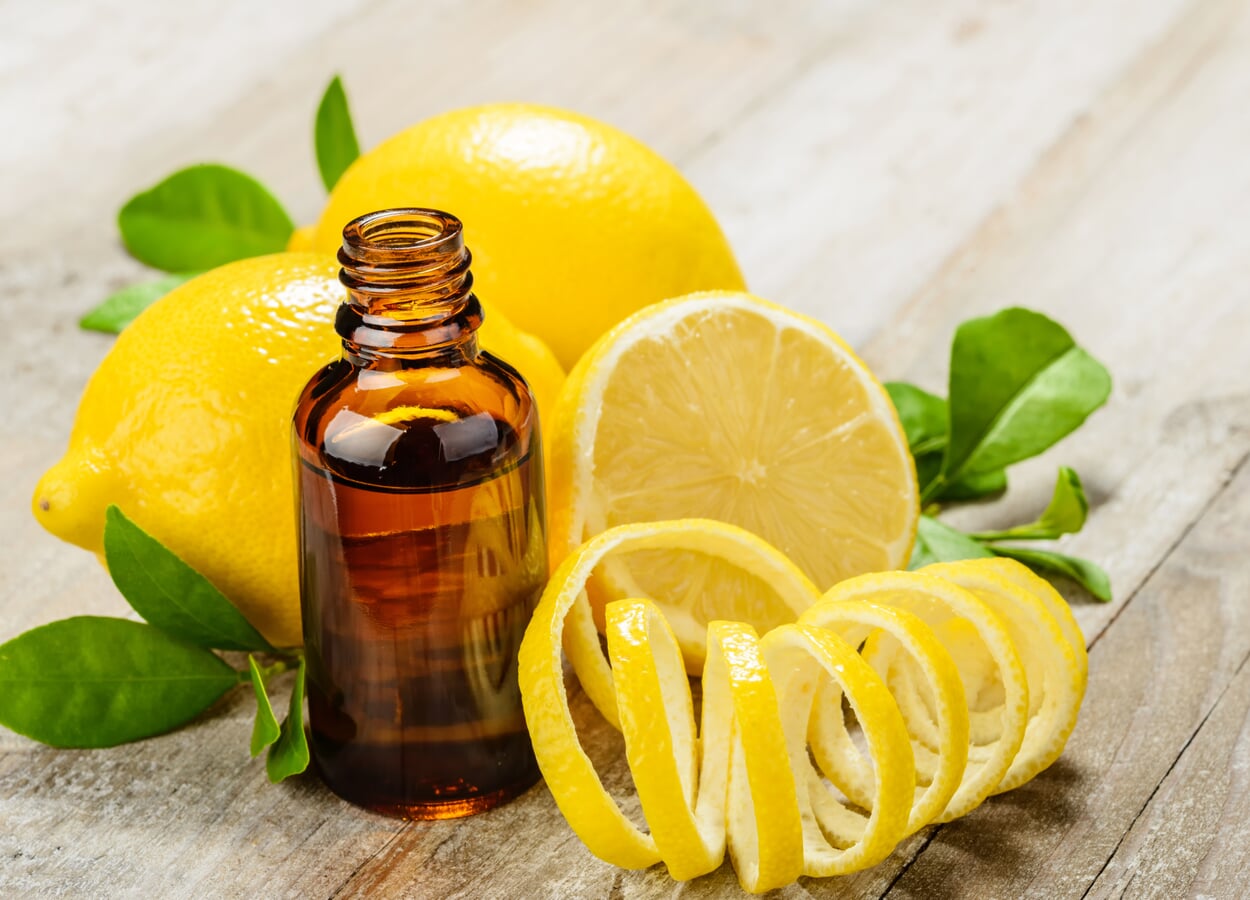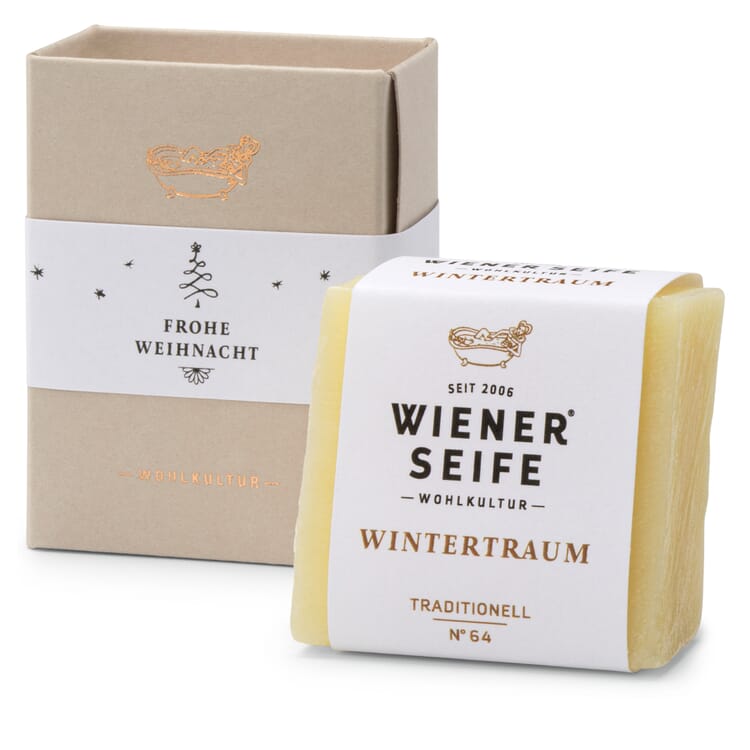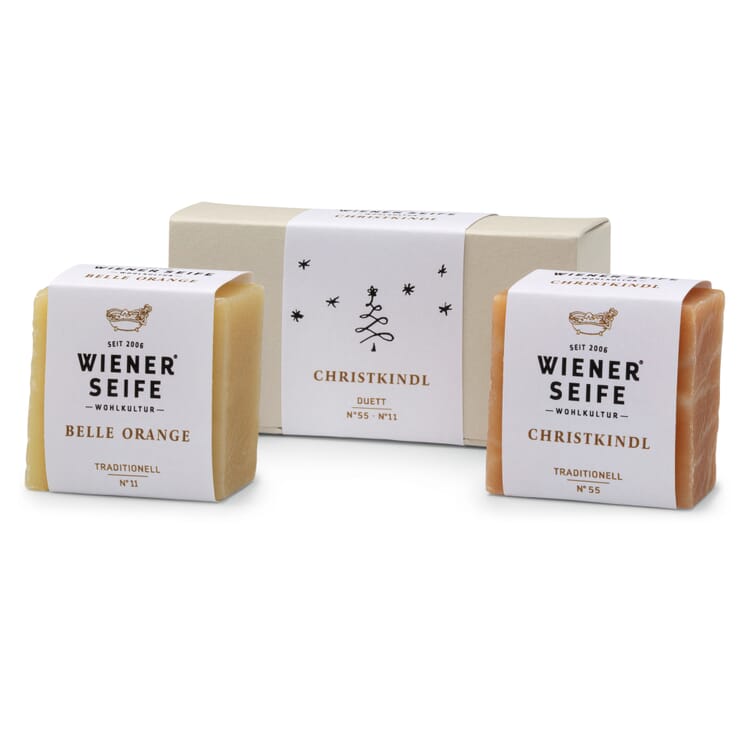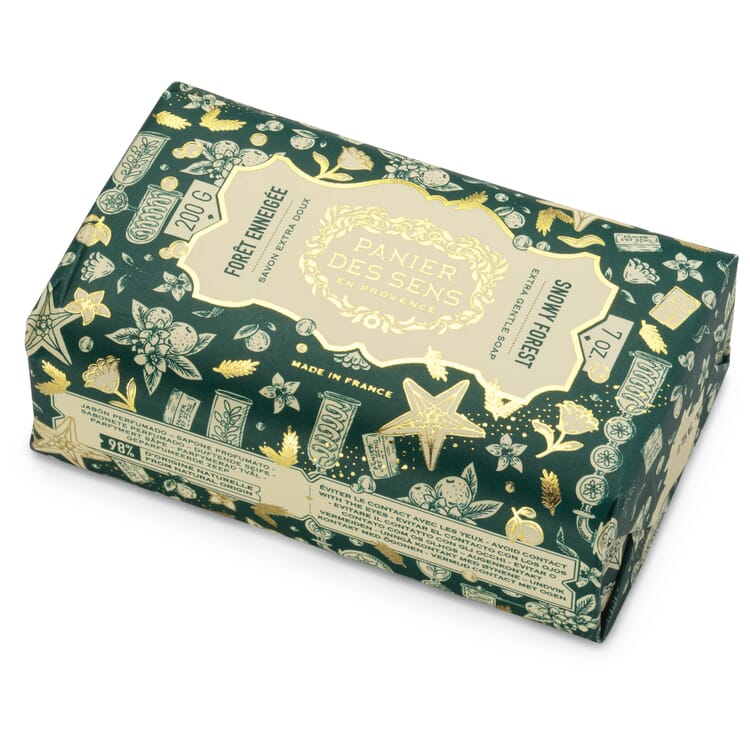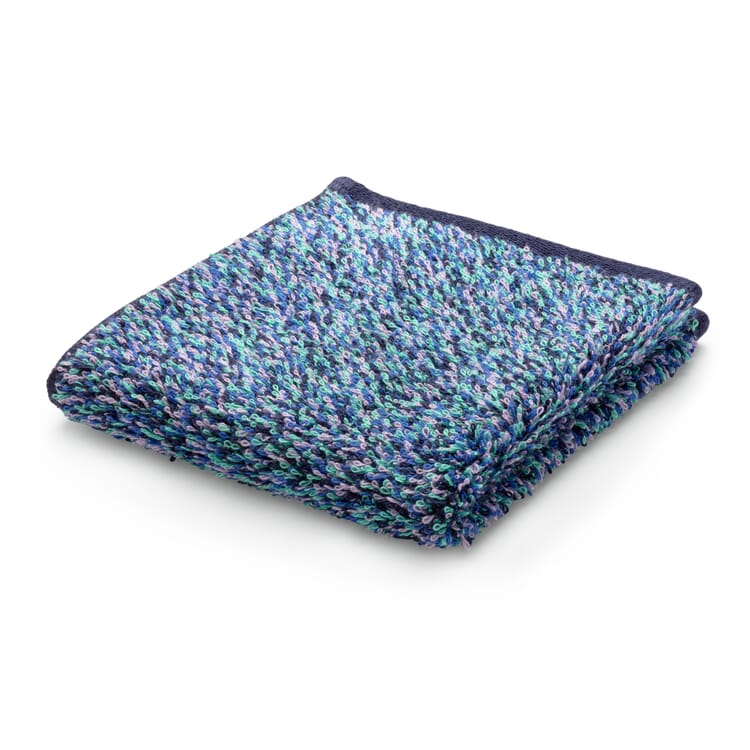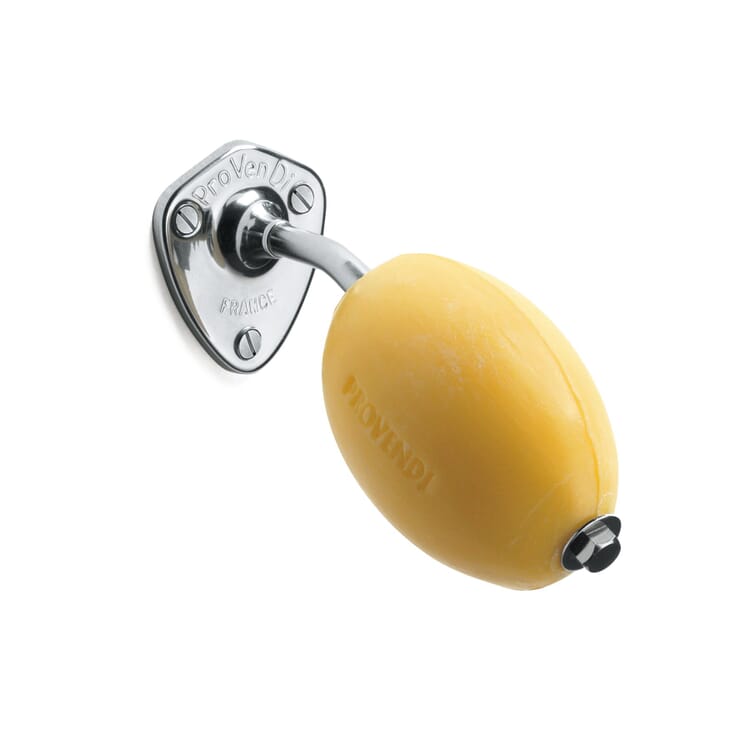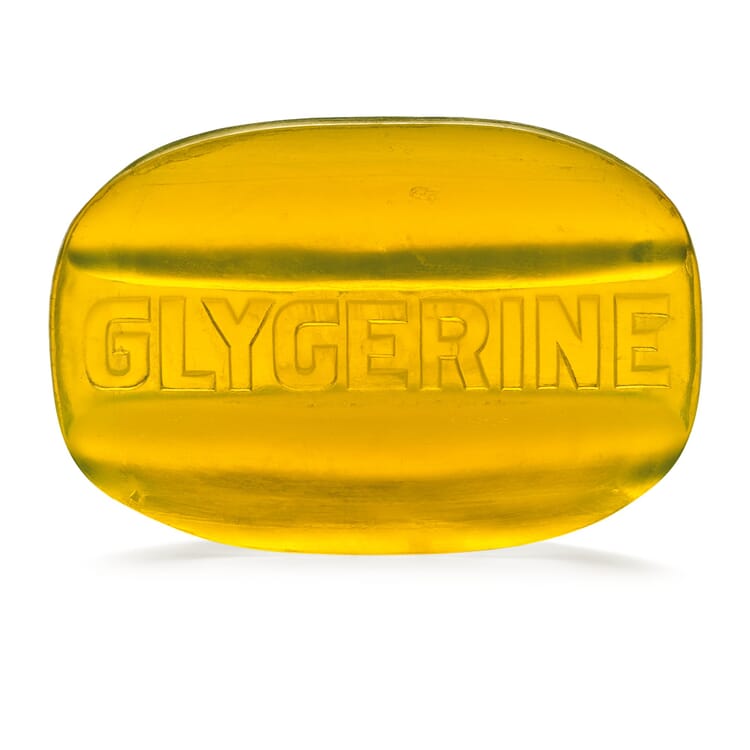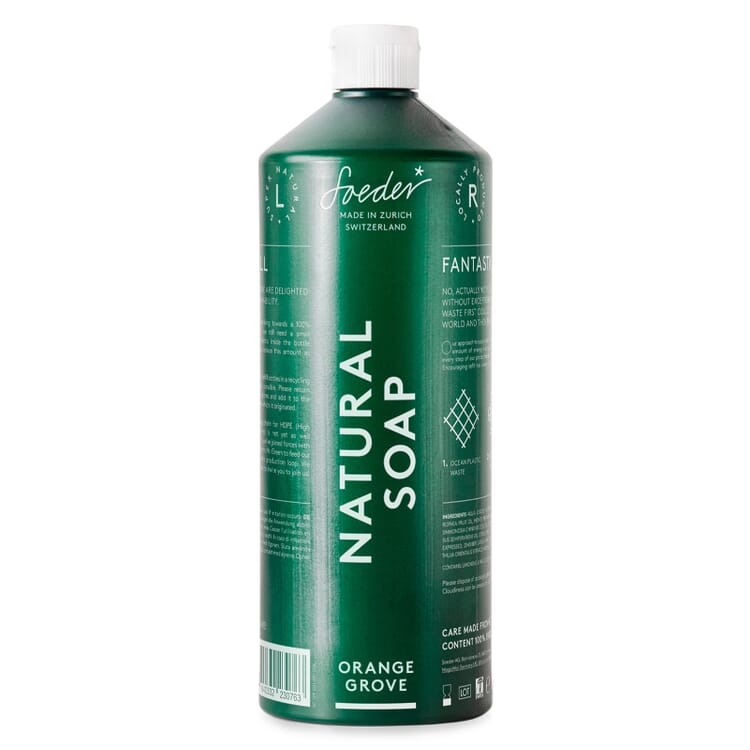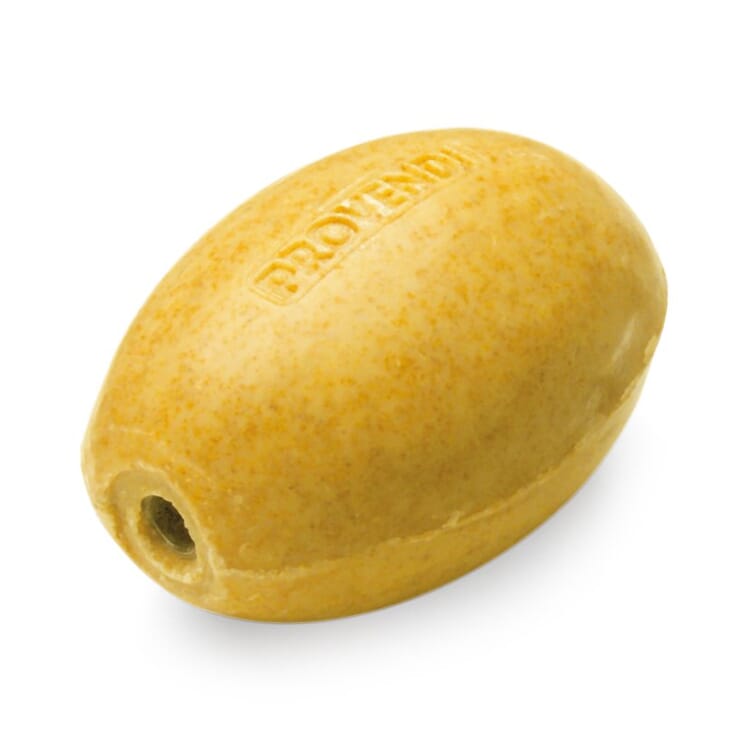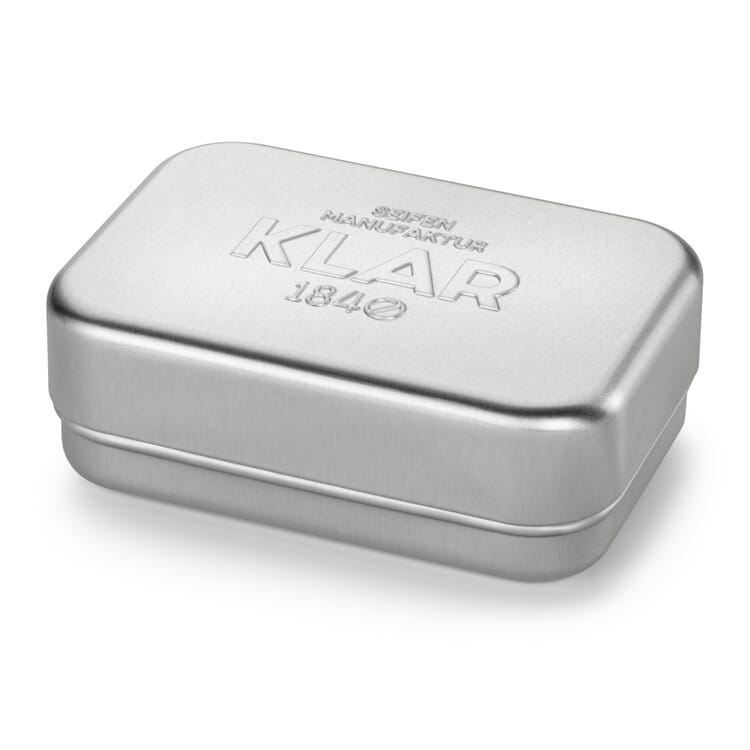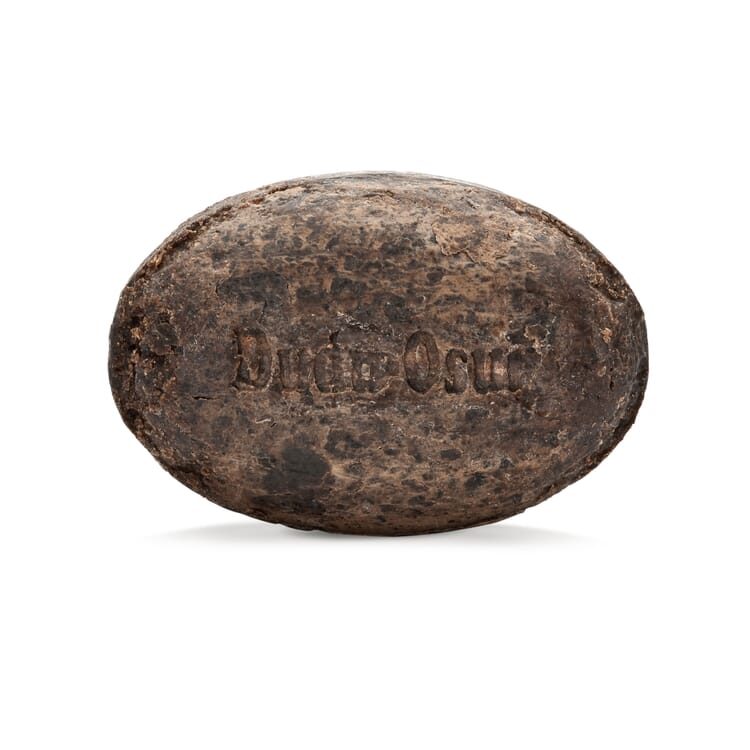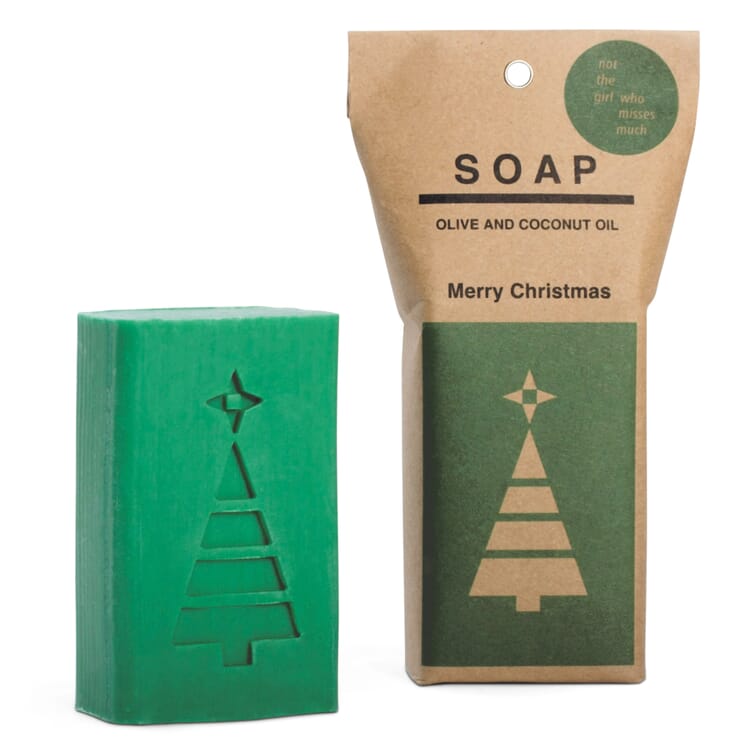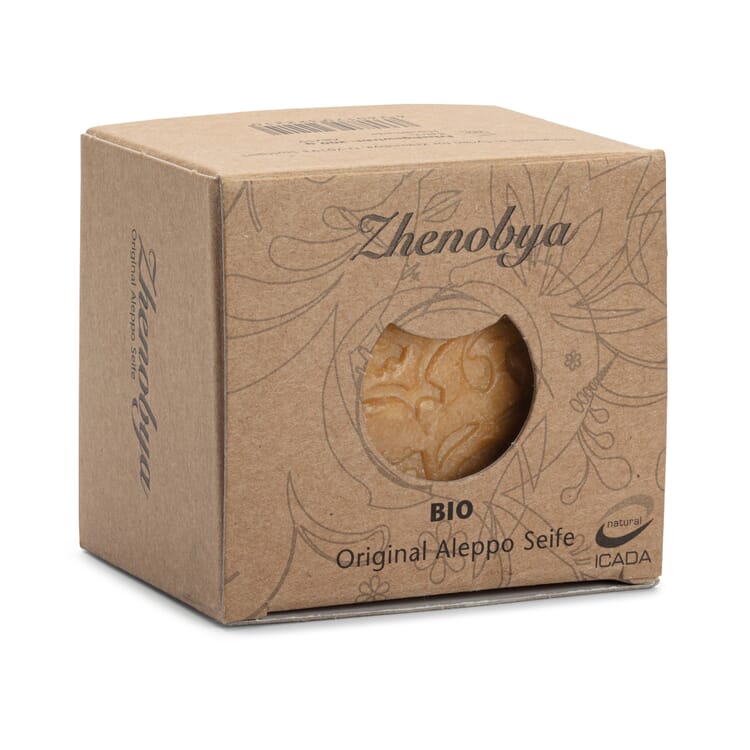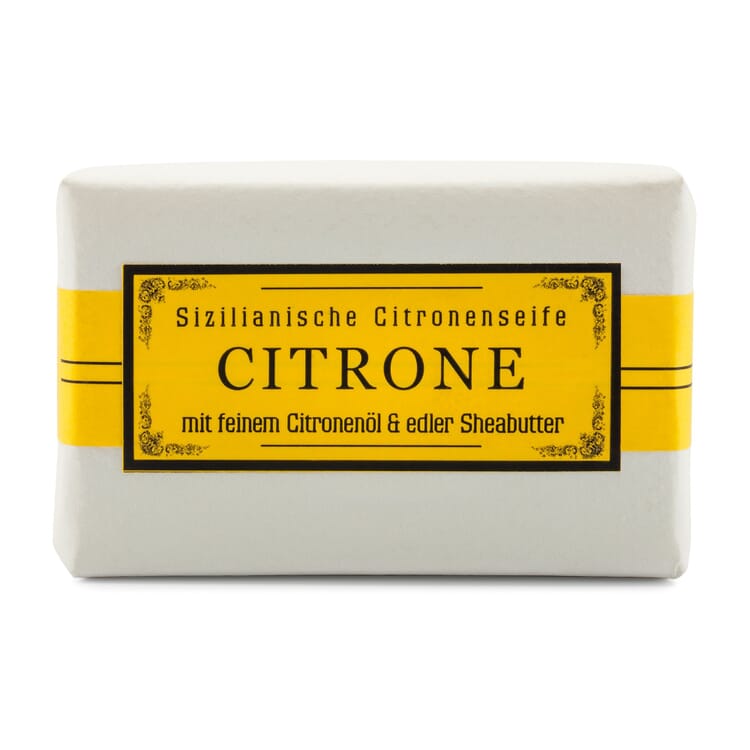Advisor
Make soap yourself. With natural ingredients
Classic soaps are currently experiencing a real renaissance. If you want to consume with as little packaging as possible, reach for a bar of soap. Solid soaps are economical to use, do not require preservatives due to their low water content and can be packaged without plastic. So it's no wonder that bars of soap are particularly popular in the age of sustainability. When it comes to production, it is not only the long-established soap factories that rely on centuries-old craftsmanship and traditional recipes, but the new manufacturers are also turning to the tried and tested. Because good things are often so close at hand.
Sustainably clean. Our recipe for your personal bar of soap
You want to try your hand and discover the magic of soap making for yourself? It doesn't take much at all: high-quality ingredients, a little flair and a good dose of love. We'll tell you how you can easily create your own delicately scented bars of soap based on good old bar soap. And since our recipe uses no chemicals at all, even the little ones can get in on the fun. Creatively packaged in stylish paper or in a homemade cardboard box, the soaps make a successful hostess gift. It hardly gets any more sustainable than this.
The ingredients - 100 g curd soap (alternatively soap scraps or soap flakes) - Some boiled water - 20 g coconut, almond or sesame oil - 1 tsp honey (optional) - Essential oils such as orange, lavender or Swiss stone pine oil (optional) - Coffee powder or coarse sea salt (optional) - Dried lavender flowers, grated organic orange or lemon (optional).
Step by step to the bar of soap
- finely grate the soap with a kitchen grater and melt over a low heat in a saucepan or bain-marie, adding a little water and stirring until the mixture has a creamy, buttery consistency. This may take some time. Once the soap has melted, you can add the nourishing ingredients and a few drops of scented oil if desired. Beat the mixture vigorously with a hand blender or mixer. This gives the soap a particularly creamy texture. 3. if you want to create a slight exfoliating effect, add a little coffee powder or coarse sea salt. 4. your bar of soap will be particularly pretty and delicately scented if you add lavender flowers or grated and dried orange or lemon peel. 5. then pour the viscous mixture into a mould. As an alternative to special soap moulds, you can use used and sterilized cream cheese containers, yoghurt pots or milk cartons (cut open lengthwise). 6. now leave the soap to harden in a cool place. If the soap cannot be easily removed from the mold afterwards, place it in the freezer for a few hours. Then take it out and leave it to stand for a short time. This makes it easier to remove the soap from the mold. 7. If you like, you can cut the existing soap molds into pieces with a knife or use cookie cutters to shape stars, moons, hearts and more. But don't forget to clean the molds thoroughly before you start your Christmas baking. Otherwise you will end up with vinegary-sour faces for the festive season. 8. The soap should now be left to mature in an airy, dark and cool place for another three to four weeks. And your bar of soap is ready.
If you plane the soap very finely, it melts all the better in the water bath.
A little honey as an addition nourishes the skin and gives the soap a fine fragrance.
With pure essential oils, as we offer them, already one to two drops provide the characteristic note.
Soaps at Manufactum
Our soaps come from small manufactories where the soaps are made according to ancestral methods and recipes with great care and attention to detail. They gently cleanse and are made in the majority on the basis of olive or coconut oil, enriched with nourishing ingredients such as shea butter, almond or argan oil, goat or camel milk. They are characterized by a pleasant fragrance, which they owe to high-quality essential oils or ingredients such as honey and royal jelly. And for sensitive or allergy-prone skin, we also offer plant soaps entirely without fragrances.

